The California Rapid Assessment Method, or CRAM for short, is used to determine ecosystem quality for aquatic habitats. These habitats include wetlands, rivers, estuaries, and lakes. The Morro Bay National Estuary Program has used the CRAM assessment both before and after habitat restoration projects throughout the Morro Bay watershed to monitor habitat improvements over time.
This method involves evaluating stretches of streams for their vegetation, stream bed complexity, bank stability, and the health of the surrounding ecosystem.
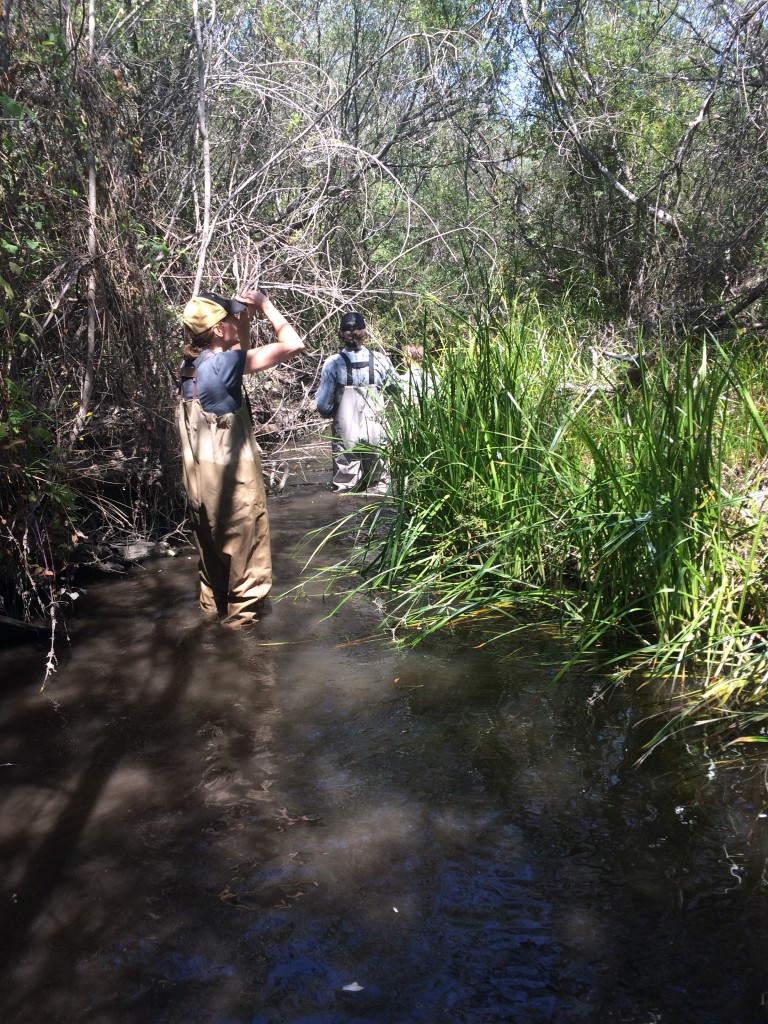
To truly determine how healthy a stretch of stream is, you have to get your feet wet! Estuary Program staff have recently completed CRAM assessments on Walters Creek and the Chorro Creek Ecological Reserve. Once staff get in the water, they note dominant plant species and examine the stream bed for habitat complexity—looking for things like pools, riffles, and woody debris. Stream beds that contain these features provide a diversity of suitable habitats for riparian flora and fauna. More meandering streams that are well-connected to the flood plains and that have a variety of pools, riffles, runs, and glides create an ideal ecosystem.
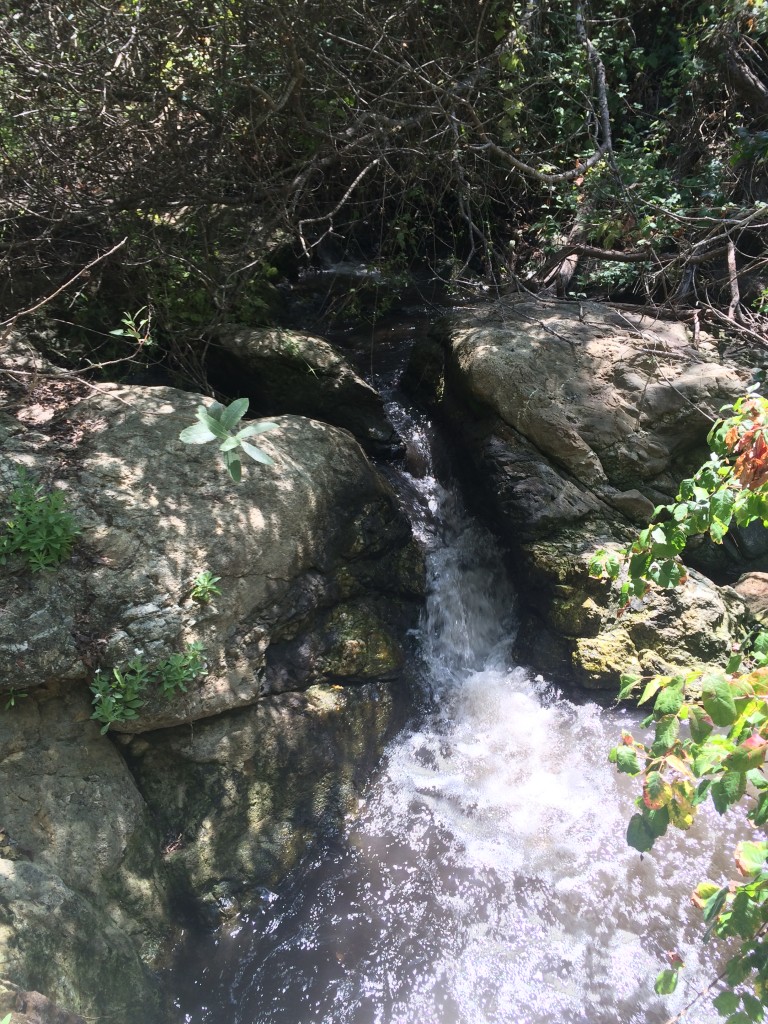
Adjacent land uses impact riparian health. Because of this high degree of connectivity between the land and water, staff also take the amount of undisturbed adjacent land area and the percentage of invasive species into account during CRAM assessments.
Once staff have thoroughly inspected a stretch of stream and its nearby land areas, they give scores between 0 (very poor health) and 100 (pristine) for the health of the surrounding area, the water source and quality, the physical structure of the stream, and the stream’s plant community. They combine these scores for an overall average score that indicates the stream ecosystem’s health.
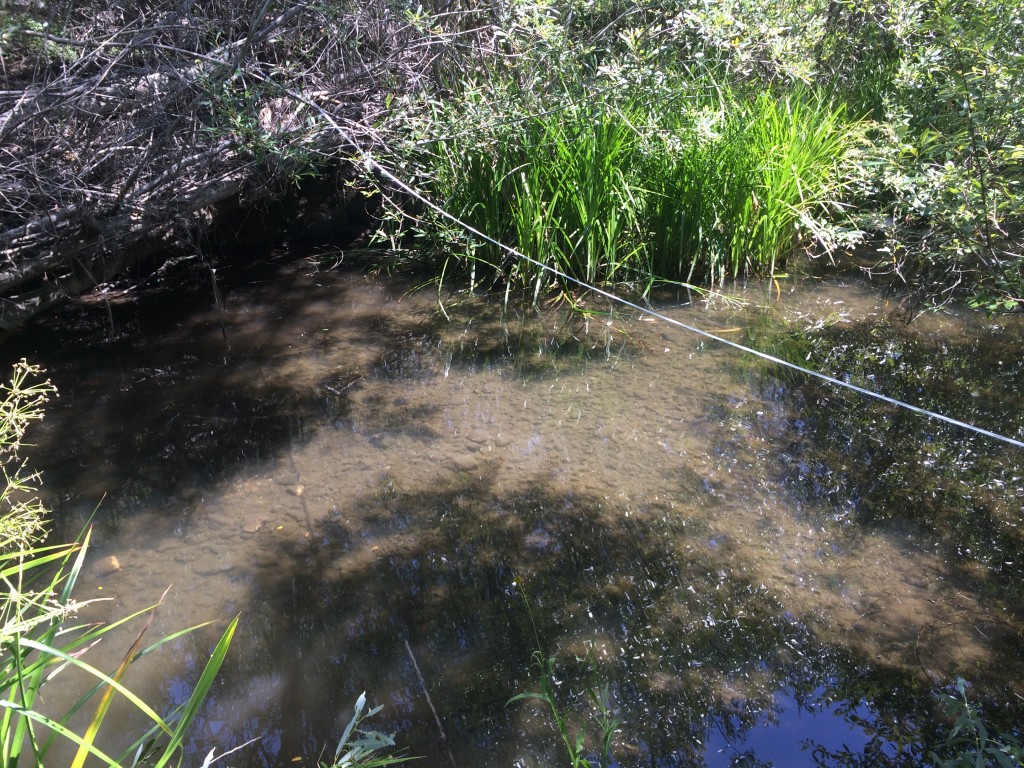
Once staff complete a CRAM assessment, they can upload the data and scores to the CRAM database. This makes the CRAM scores available for other scientists across the state and beyond, who can use them to get a snapshot view of the health of riparian ecosystems and to gauge the success of past restoration projects in our watershed.
CRAM assessments completed on Walters Creek showed a modest improvement from the pre-project assessments done in 2008.
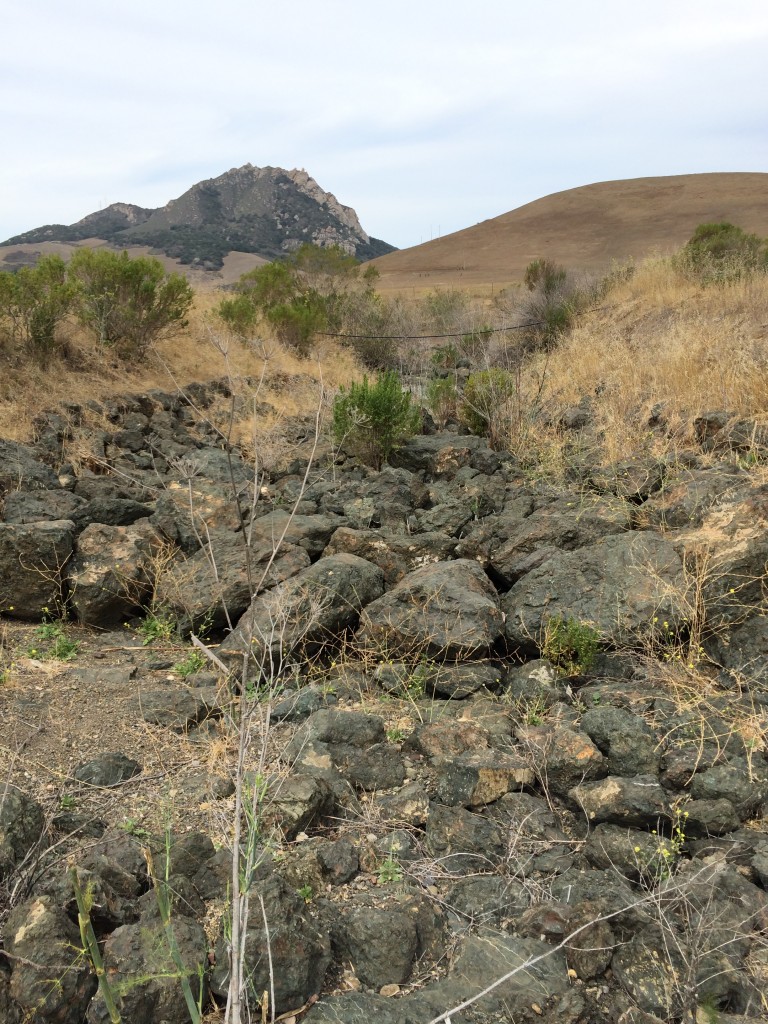
The assessments collected on Chorro Creek were done in preparation for upcoming floodplain restoration work.
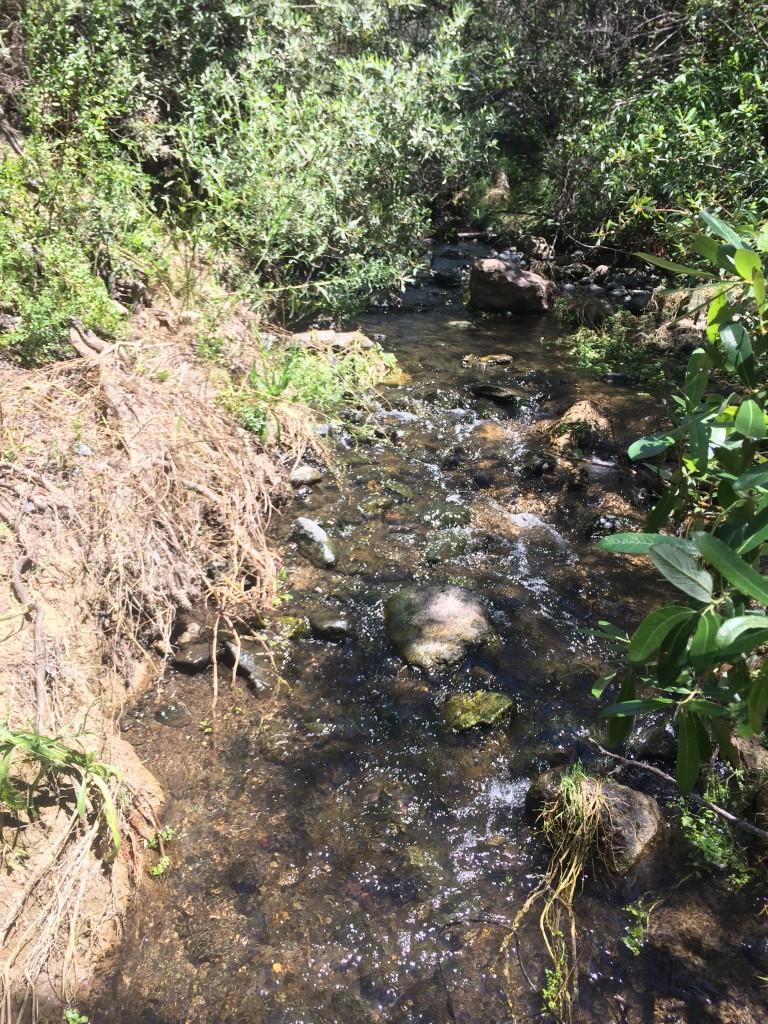
Visit CRAM’s website for more information or to view their database.